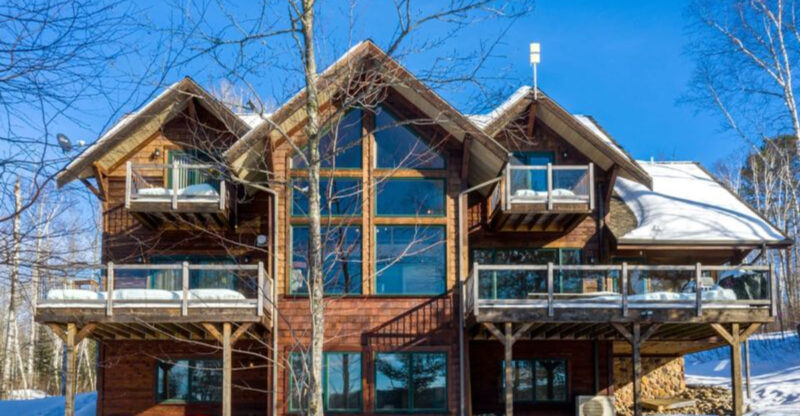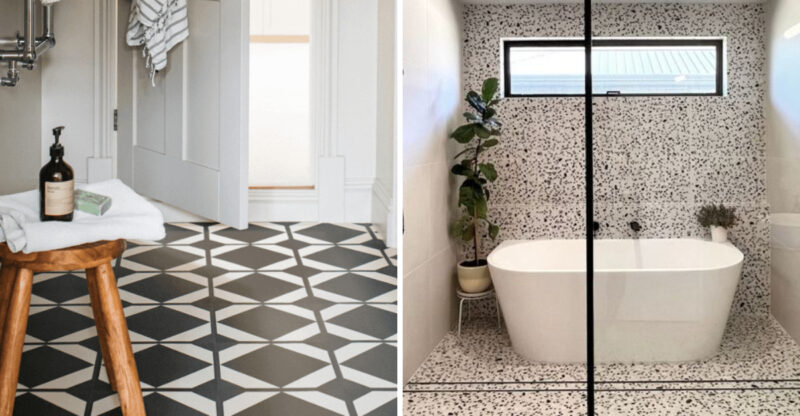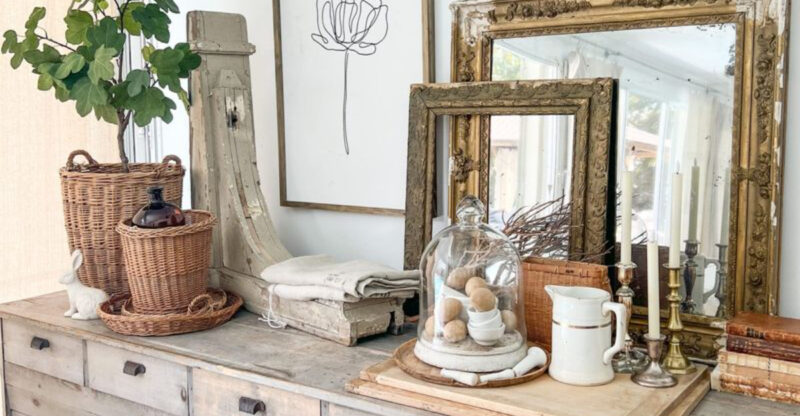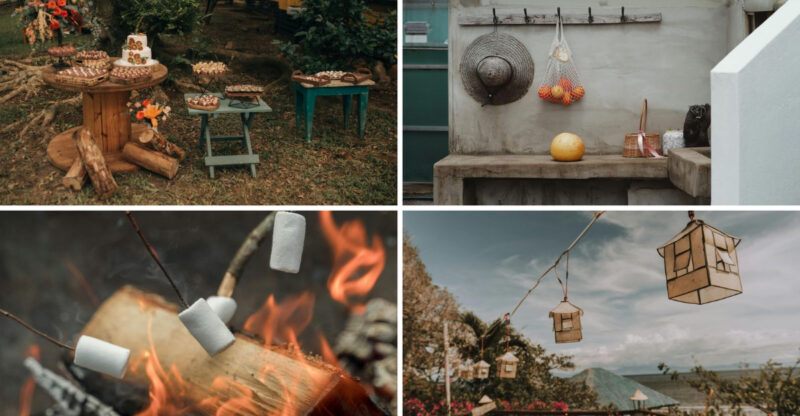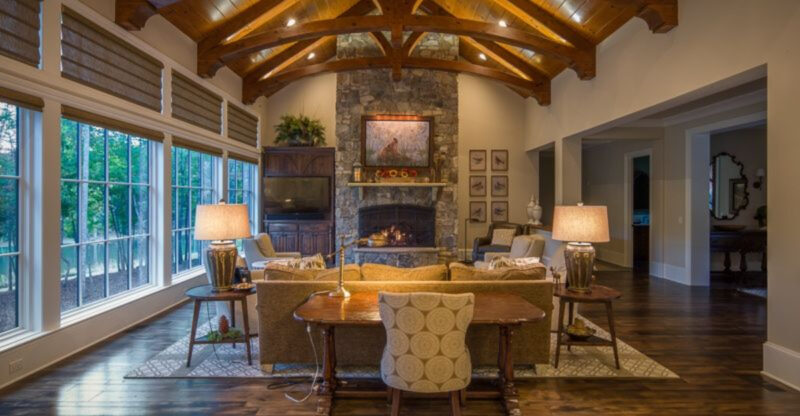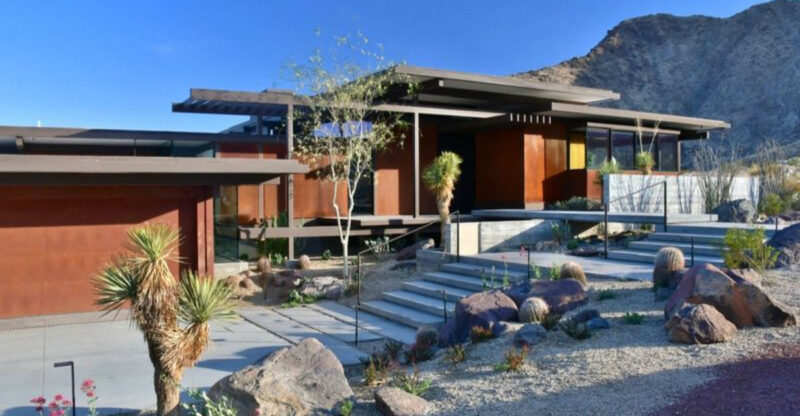10 Retro Decor Ideas That Hold Up Today, And 5 That Definitely Don’t
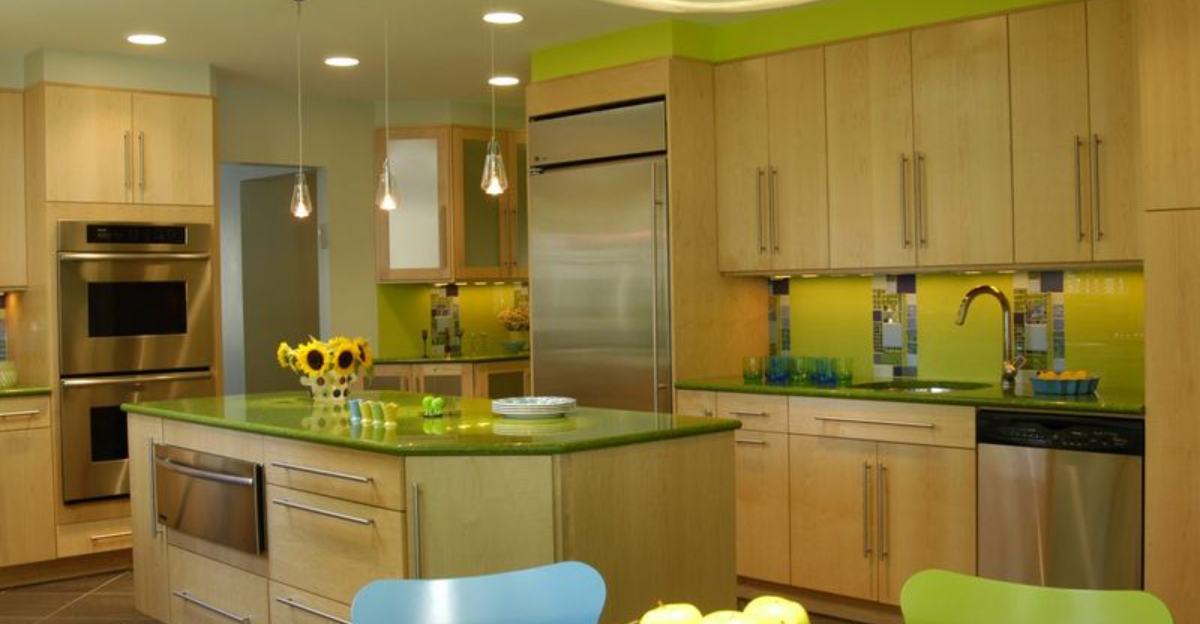
Remember those funky design trends from decades past? Some vintage styles have stood the test of time, evolving into modern classics that still look fresh in today’s homes.
Others, well, they’re better left in the past where they belong.
I’ve rounded up ten retro decor elements that continue to shine in contemporary interiors, plus five dated trends that should definitely stay in your old family photos.
1. Mid-Century Modern Furniture
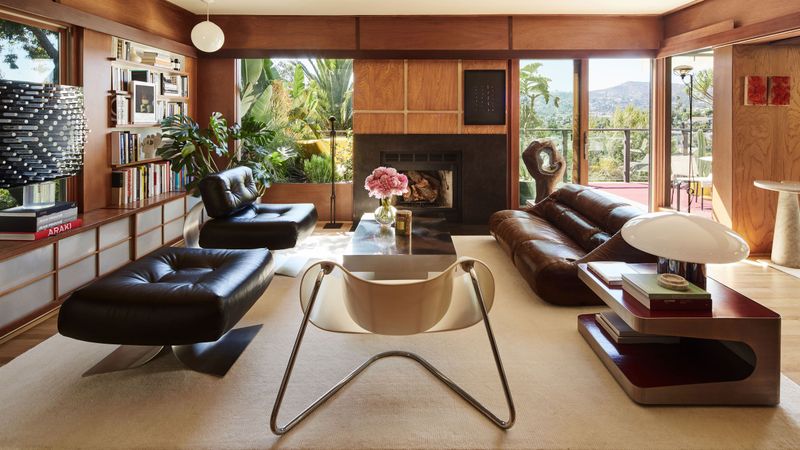
Clean lines and organic curves make mid-century modern furniture a timeless addition to any space. The simple silhouettes and functional design principles pioneered in the 1950s and 60s continue to influence contemporary furniture makers today.
What makes these pieces so enduring is their perfect balance between form and function. Those tapered legs, gentle organic shapes, and minimal ornamentation work in virtually any decor scheme from maximalist to minimalist.
Whether you invest in authentic vintage pieces from designers like Eames and Saarinen or opt for modern reproductions, mid-century furniture brings a sophisticated yet approachable vibe that effortlessly bridges past and present.
2. Vintage Brass Fixtures
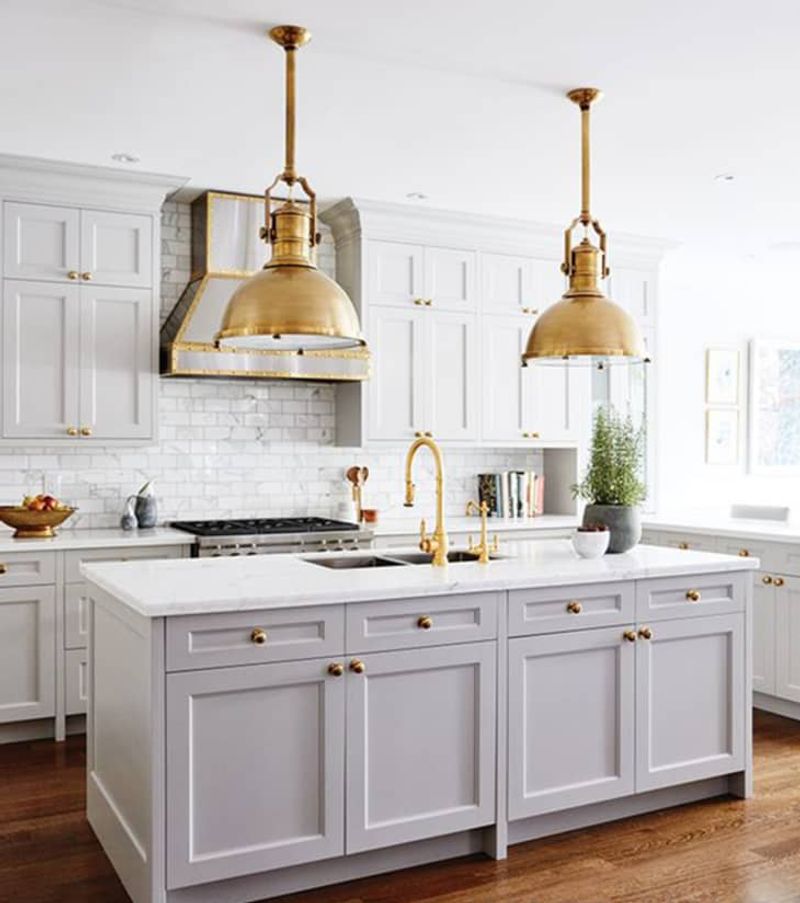
Brass fixtures have experienced a remarkable renaissance in recent years. The warm metallic glow adds instant character and sophistication to kitchens, bathrooms, and lighting throughout the home.
Unlike the shiny, lacquered brass of the 1980s, today’s approach embraces unlacquered or antiqued finishes that develop a beautiful patina over time. This living quality makes each piece unique and tells a story of use and care.
Mixing brass with other metals like matte black or chrome creates a layered, collected look that feels both timeless and contemporary. From cabinet pulls and faucets to statement lighting, brass elements bring warmth and subtle luxury to modern spaces.
3. Terrazzo Flooring
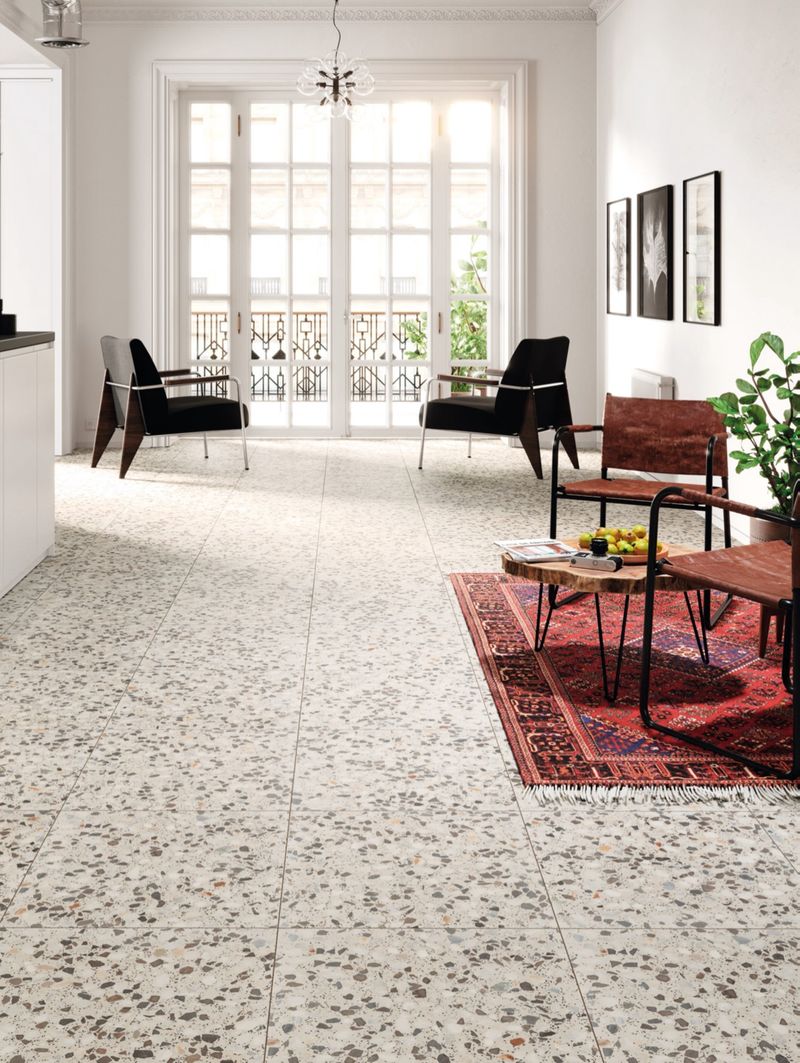
Originally popular in mid-century buildings, terrazzo has made a spectacular comeback in homes everywhere. This composite material typically marble chips set in concrete and polished to a smooth finish offers incredible durability with eye-catching visual texture.
Modern manufacturing techniques have expanded terrazzo’s possibilities beyond flooring. Now you’ll find this versatile material in countertops, furniture, and even small decorative objects like planters and coasters.
The speckled pattern brings playful energy to spaces while remaining surprisingly neutral. With endless color combinations possible, terrazzo can be customized to complement any palette while still maintaining its distinctive character that somehow feels both nostalgic and fresh.
4. Subway Tile Backsplashes
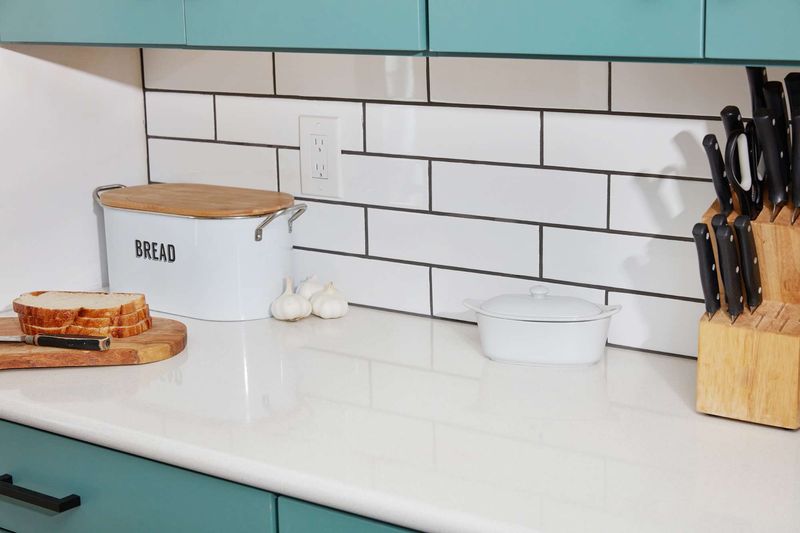
First appearing in New York City subway stations in the early 1900s, these humble rectangular tiles have become a kitchen and bathroom staple that refuses to go out of style. Their enduring appeal lies in their perfect simplicity.
Though classic white subway tiles with dark grout remain popular, today’s interpretations include handmade versions with slight irregularities, colored glazes, or creative installation patterns like herringbone or vertical stacking. These variations keep the look fresh while honoring its heritage.
Subway tiles offer that rare combination of affordability, practicality, and timeless good looks. They create a clean backdrop that complements virtually any style from traditional to ultra-modern, explaining why they’ve remained relevant for over a century.
5. Retro Pendant Lighting
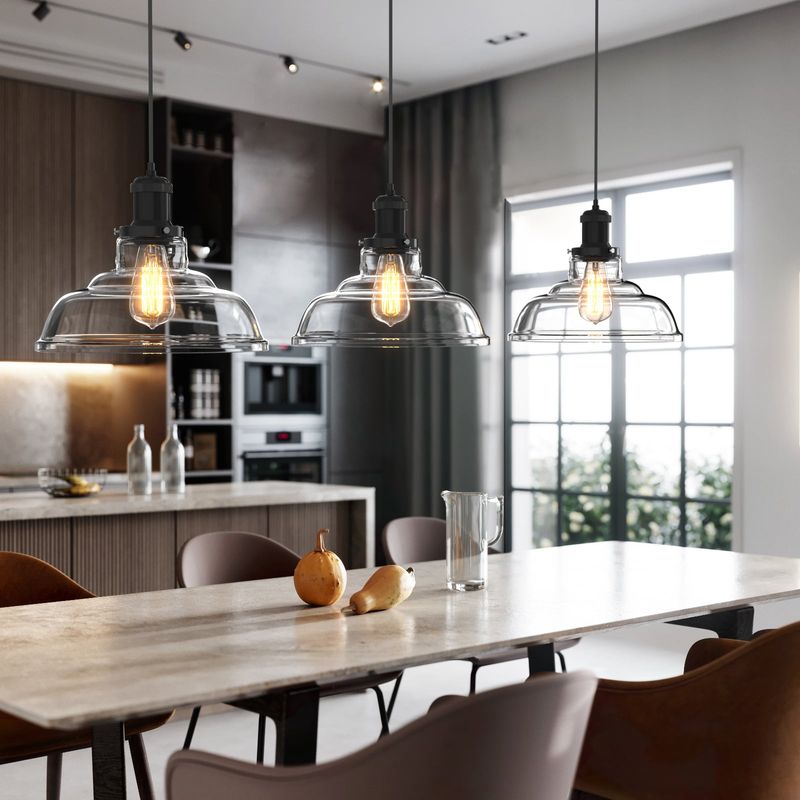
Hanging proudly above kitchen islands and dining tables, vintage-inspired pendant lights deliver both function and serious style points. The best retro lighting designs strip away unnecessary details to focus on pure geometric forms domes, globes, cylinders that transcend specific eras.
Materials like opal glass, brushed metals, and even rattan create different moods while maintaining that connection to lighting’s golden age. Many contemporary lighting companies now offer updated versions of mid-century classics with modern conveniences like LED compatibility.
A trio of vintage-inspired pendants can transform an ordinary space into something special. Their sculptural quality makes them functional art pieces that draw the eye upward and create a natural focal point in any room.
6. Rattan Furniture
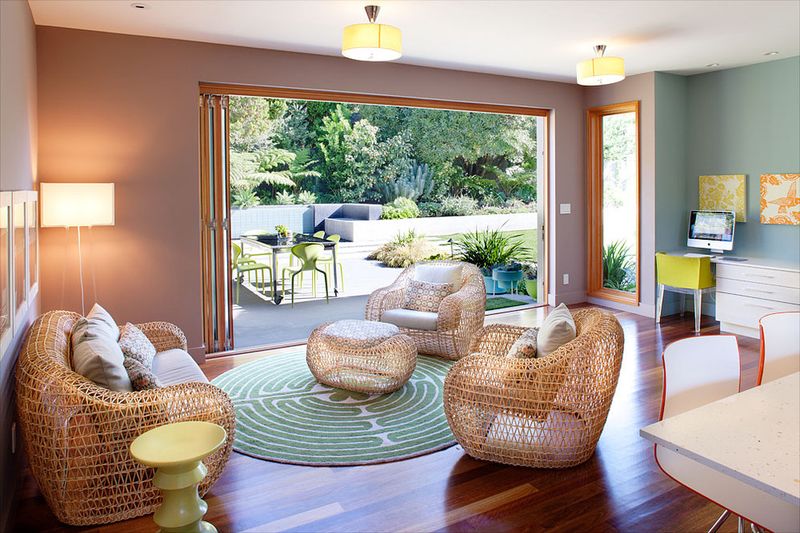
Once relegated to sunrooms and tropical vacation homes, rattan furniture has woven its way into every corner of contemporary interiors. This natural material brings instant warmth and textural interest to spaces that might otherwise feel flat or cold.
Today’s rattan pieces range from faithful reproductions of 1970s peacock chairs to streamlined modern interpretations that blend seamlessly with minimalist aesthetics. The material’s inherent lightness both visual and physical makes it perfect for small spaces that need furniture without visual heaviness.
Beyond chairs and tables, rattan appears in headboards, light fixtures, and decorative objects. Its natural imperfections and handcrafted quality provide welcome organic contrast in our increasingly digital world, perhaps explaining its enduring and growing appeal.
7. Bold Geometric Rugs
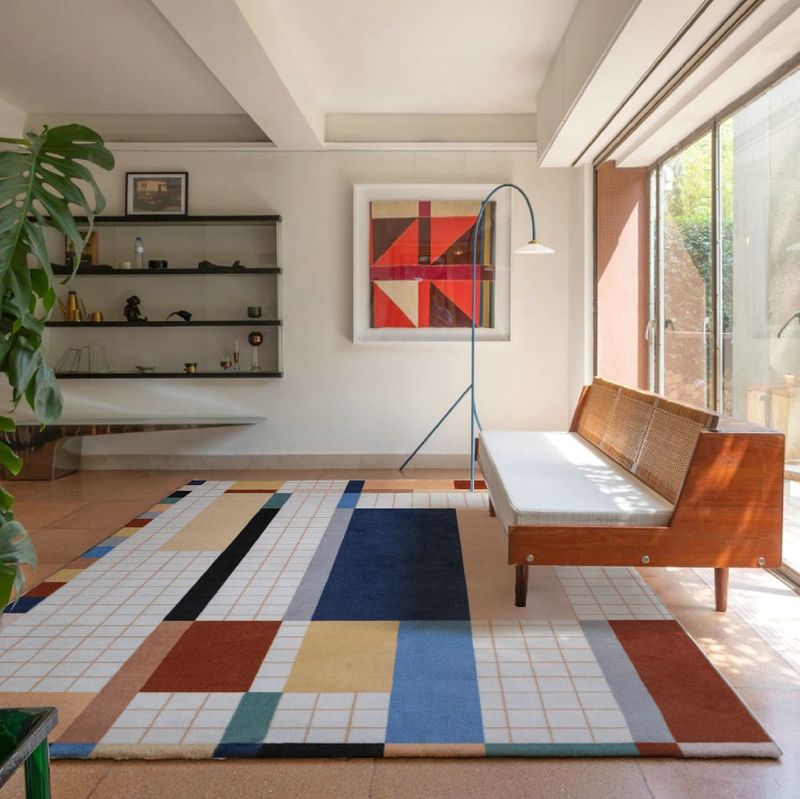
Graphic patterns underfoot have remained consistently stylish since their heyday in the 1960s and 70s. A bold geometric rug anchors a room while adding visual energy that plain flooring simply can’t provide.
Modern interpretations of these retro designs often feature updated color palettes that feel fresh rather than dated. Think muted backgrounds with pops of current accent colors rather than the saturated rainbow hues of the original era. The beauty of geometric patterns lies in their versatility.
They can read as playful or sophisticated depending on the specific design and how you style around them. In minimalist spaces with simple furniture, these rugs become statement pieces that carry the design weight of the entire room.
8. Velvet Upholstery
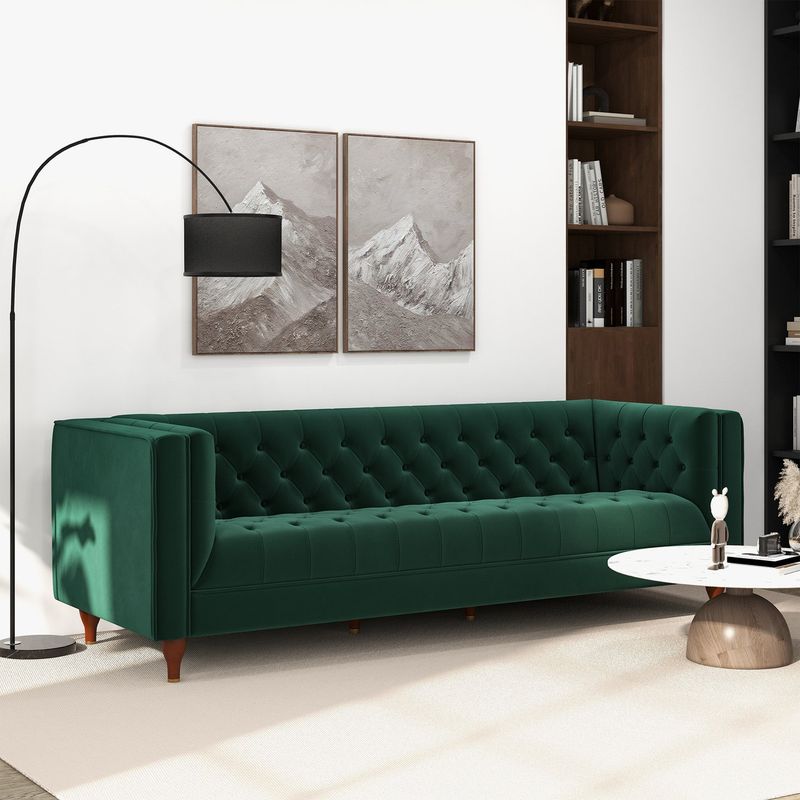
Sumptuous velvet seating has cycled in and out of popularity for centuries, but it’s currently enjoying a particularly strong revival. Modern manufacturing has improved the fabric’s durability and stain resistance, making it practical for everyday use rather than just formal settings.
The magic of velvet lies in its light-catching properties. The way it absorbs and reflects light creates depth and dimension that flat fabrics can’t match. Jewel tones like emerald, sapphire, and ruby showcase this quality best, though neutral velvets offer subtle luxury too.
A velvet sofa or armchair instantly elevates a room’s sophistication level. Even small doses like a velvet ottoman or throw pillows add tactile richness that makes spaces feel more layered and intentionally designed.
9. Statement Wallpaper
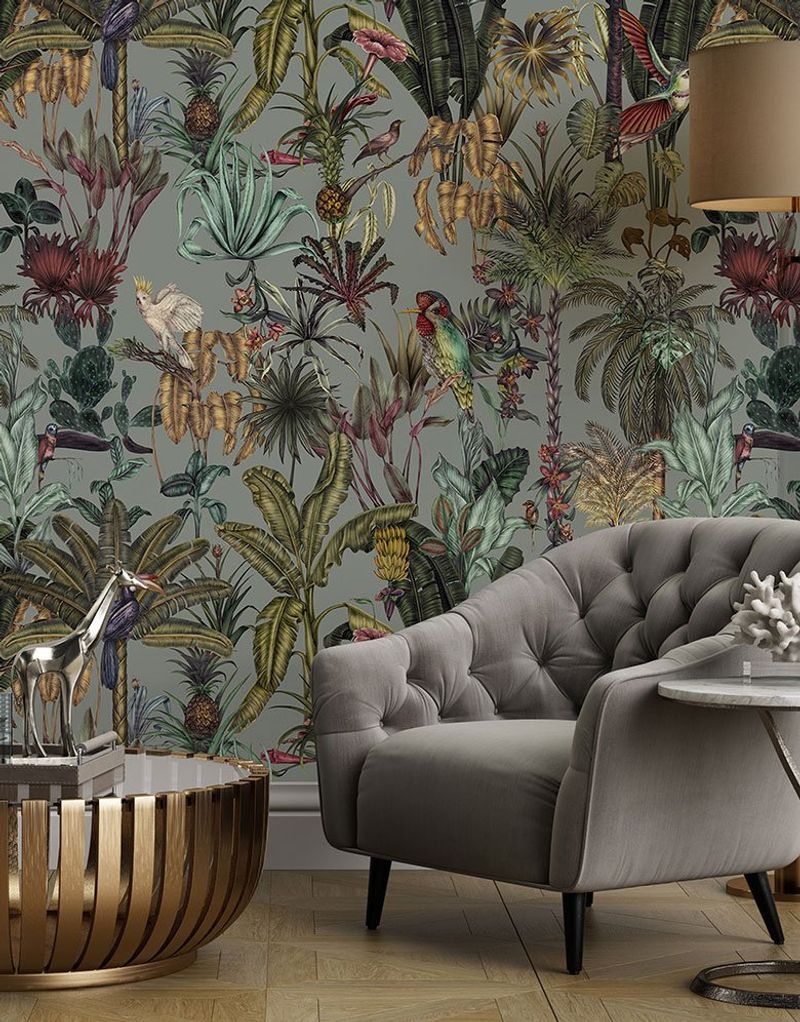
Bold wallpaper has made a triumphant return from its 1960s and 70s heyday. Today’s patterns range from updated versions of retro favorites to entirely new designs that wouldn’t have been possible with earlier printing technologies.
Modern approaches typically limit statement wallpaper to a single accent wall or smaller spaces like powder rooms, avoiding the overwhelming feeling of fully papered rooms from decades past. Removable wallpaper options have also democratized this look, making it accessible to renters and commitment-phobes alike.
When chosen thoughtfully, a dramatic wallpaper creates instant personality and can set the color palette for an entire room. It’s like hanging artwork on every inch of a wall transformative in a way that paint alone simply cannot achieve.
10. Colorful Pyrex Dishes
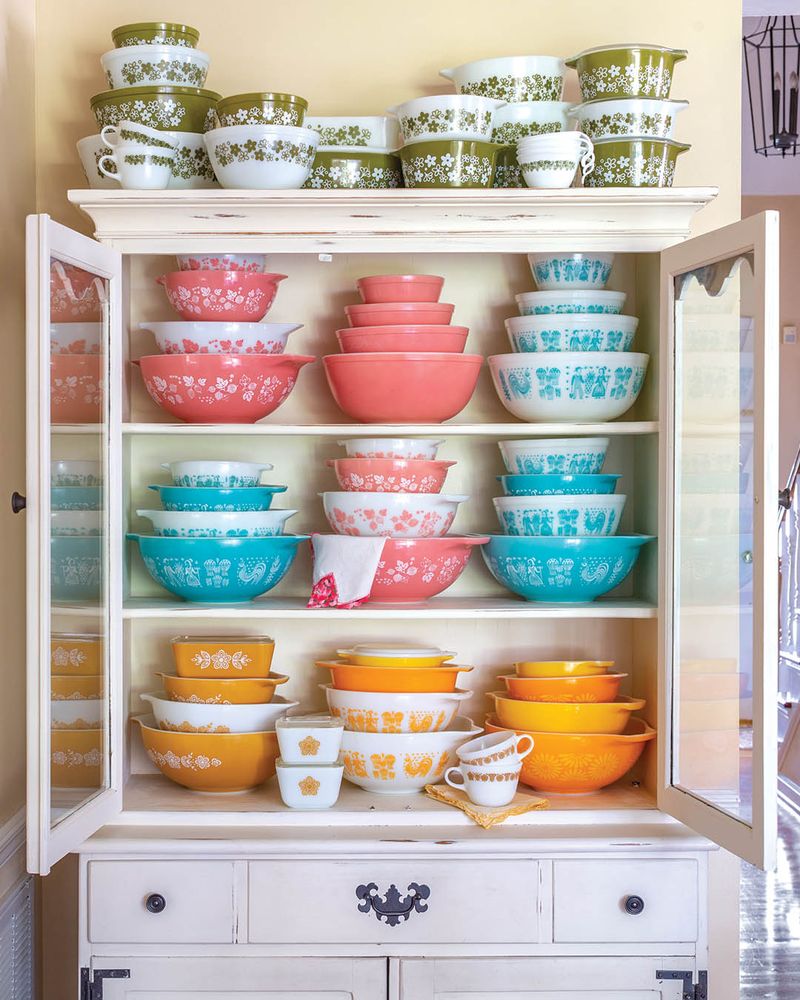
Those vibrant vintage Pyrex bowls and casserole dishes from grandma’s kitchen have found new life as both functional cookware and collectible display pieces. Their cheerful colors and patterns from the 1950s through 1970s bring instant nostalgic charm to contemporary kitchens.
Unlike purely decorative collectibles, vintage Pyrex serves a practical purpose while looking great. The quality and durability of these pieces explain why so many have survived decades of use they were built to last and continue to perform beautifully.
Open shelving has made displaying these colorful kitchen workhorses more popular than ever. Whether you collect specific patterns or simply appreciate the rainbow effect of mixed pieces, vintage Pyrex adds personality and history to the most-used room in the house.
11. Avocado Green Appliances
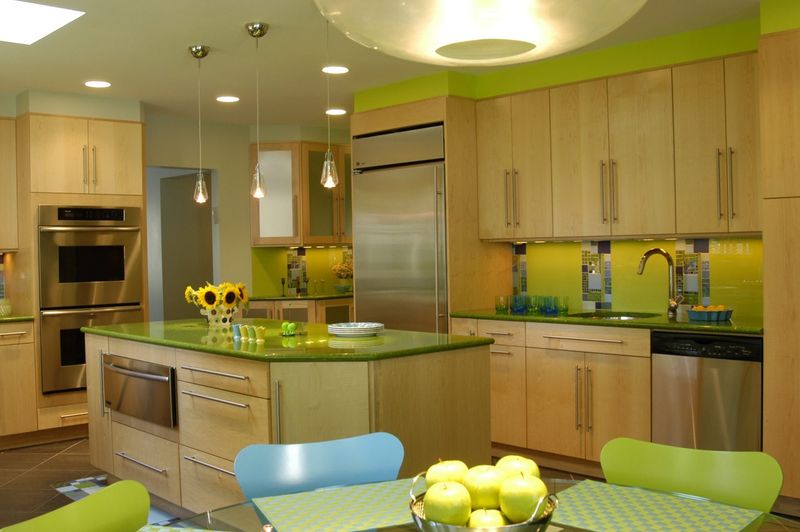
Nothing dates a kitchen faster than appliances in that distinctive muddy green hue that dominated the 1970s. Unlike today’s carefully curated color choices, avocado green was often paired with equally questionable harvest gold or burnt orange for maximum visual assault.
The specific shade not quite green, not quite brown feels undeniably tied to its era. While some retro colors have made successful comebacks, this particular tone remains firmly trapped in the past, perhaps because it rarely complements other elements in contemporary design.
If you’re tempted by colored appliances, today’s manufacturers offer sophisticated alternatives in matte black, navy, or even custom colors that won’t make your kitchen look like a 1970s time capsule. Save the avocado for your toast, not your refrigerator.
12. Shag Carpeting Wall-to-Wall
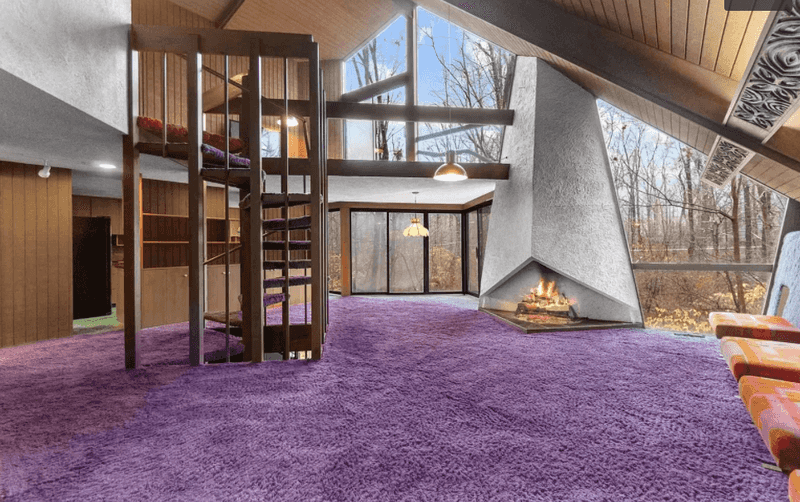
Few flooring choices scream “vintage” louder than wall-to-wall shag carpeting. Those deep-pile carpets that once felt luxurious underfoot now register as impractical dust traps that are nearly impossible to keep truly clean.
The practical problems are numerous difficult vacuuming, tendency to crush in high-traffic areas, and the ability to hide an alarming amount of debris. Add the hygiene concerns of permanent soft flooring that can’t be thoroughly cleaned, and it’s easy to see why modern homeowners prefer hard surfaces with area rugs that can be removed and properly cleaned.
While plush area rugs have made a stylish comeback, the wall-to-wall shag carpet remains firmly in the past. Today’s preference for cleaner lines and easier maintenance has relegated this once-popular flooring to retro movie sets.
13. Popcorn Ceilings
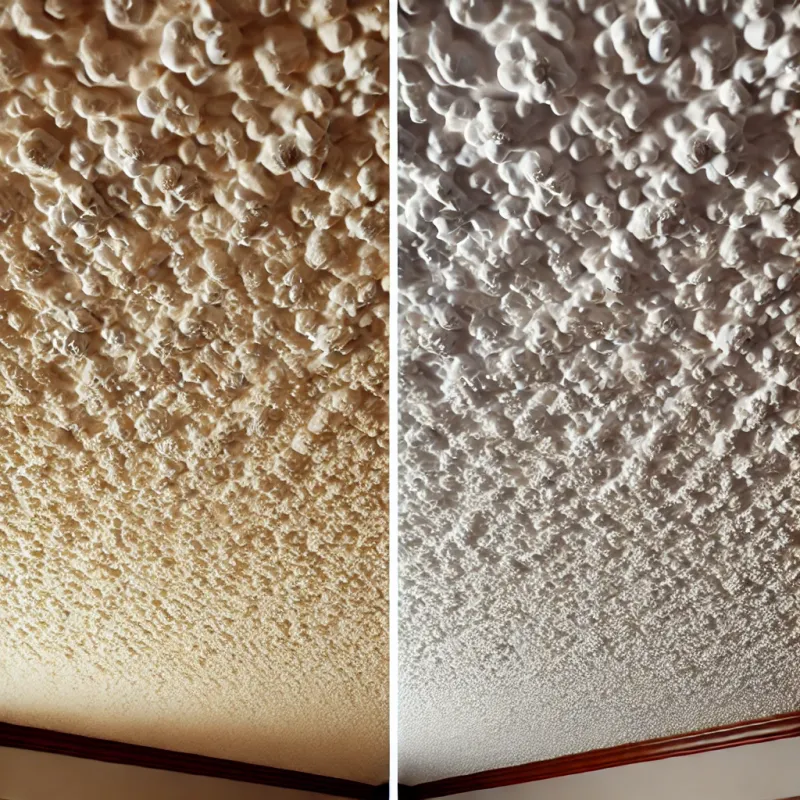
Those bumpy, spray-on textured ceilings popular from the 1950s through the 1980s now top the list of features homebuyers dread. Originally installed to hide imperfections and reduce noise, popcorn ceilings collect dust in all those tiny crevices and create harsh shadows that make rooms feel dated.
Beyond aesthetic concerns, older popcorn ceilings may contain asbestos if installed before the late 1970s, adding health worries to design woes. The texture also makes simple repairs nearly impossible even minor damage often requires removing the texture from the entire ceiling.
Modern homes favor smooth ceilings or more intentional texture options like coffered designs or wood planking. If you’re stuck with popcorn ceilings, professional removal is a messy but worthwhile investment that instantly updates any space.
14. Carpeted Bathrooms
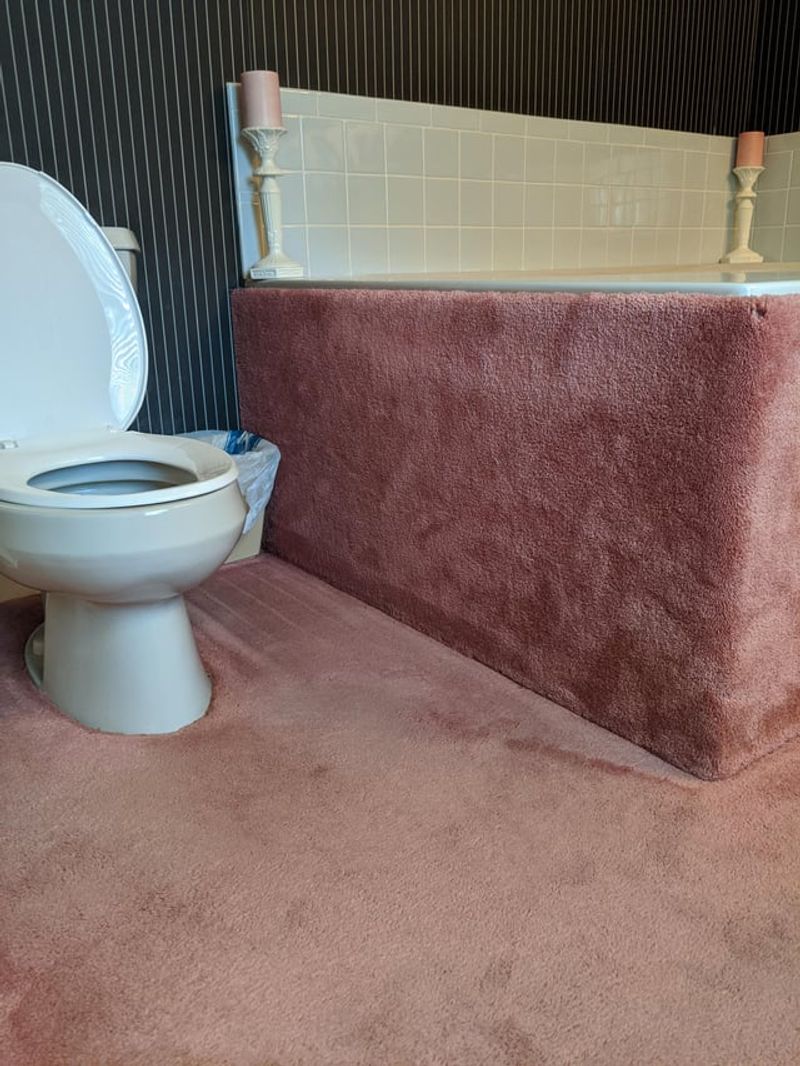
Somehow, someone once thought putting carpet in the wettest room of the house was a good idea. This puzzling trend from the 1970s and 80s prioritized cozy feet over basic hygiene concerns, creating perfect conditions for mold, mildew, and trapped odors.
Water and carpet simply don’t mix, especially around toilets and bathtubs where splashes and accidents are inevitable. Even with regular cleaning, bathroom carpet eventually becomes a breeding ground for bacteria and allergens that no amount of vacuuming can fully address.
Today’s bathrooms feature waterproof flooring options like ceramic tile, luxury vinyl, or natural stone that stand up to moisture while looking beautiful. If warm feet are a priority, washable bath mats or heated tile floors offer cleaner alternatives to wall-to-wall carpet.
15. Mirrored Closet Doors
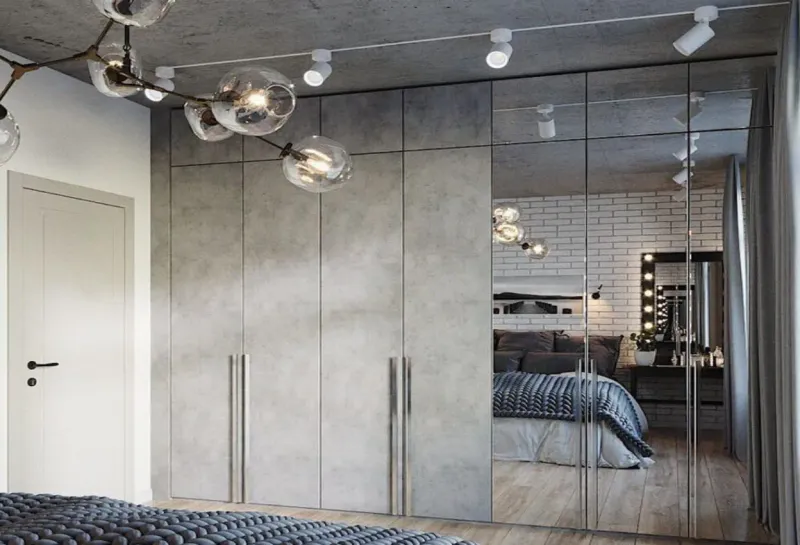
Those floor-to-ceiling mirrored sliding doors that dominated bedrooms in the 1980s and 90s have lost their reflective appeal. While they once seemed like a clever way to make rooms appear larger, today they read as dated shortcuts rather than thoughtful design choices.
The practical issues are numerous fingerprints show constantly, the tracks collect dust and often break, and the thin mirrors frequently warp or separate from their backing. Most problematic is how they visually dominate a room, reflecting every bit of clutter and competing with more intentional design elements.
Modern bedrooms favor solid doors with interesting hardware, frosted glass, or even curtain closures that add texture rather than reflection. If full-length mirrors are needed, standalone versions or tastefully framed wall mirrors offer more intentional alternatives.

